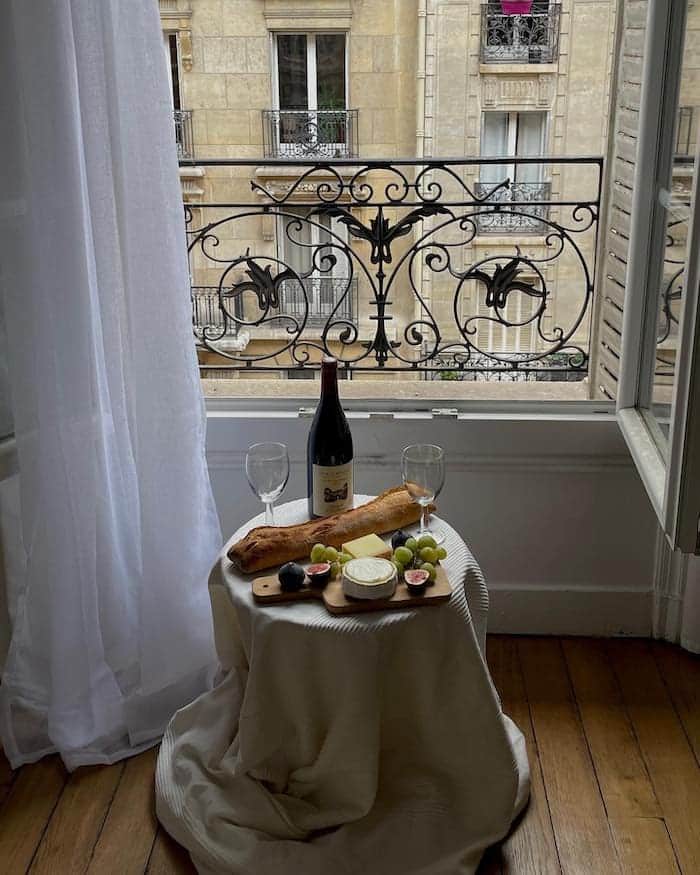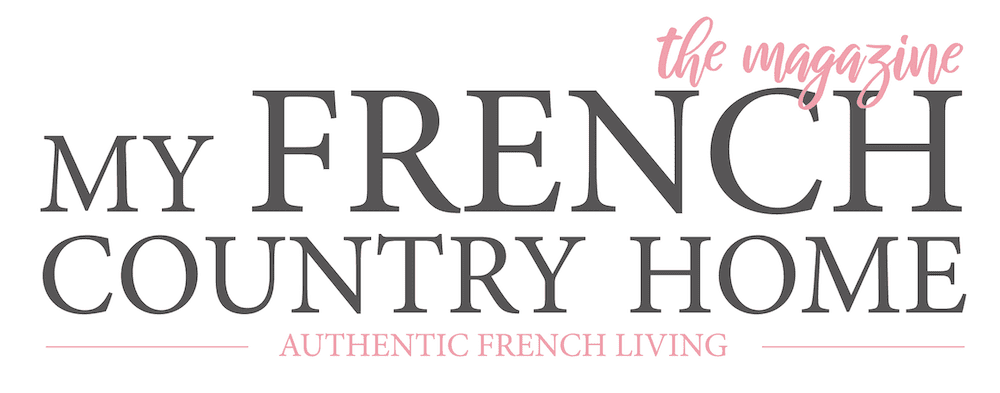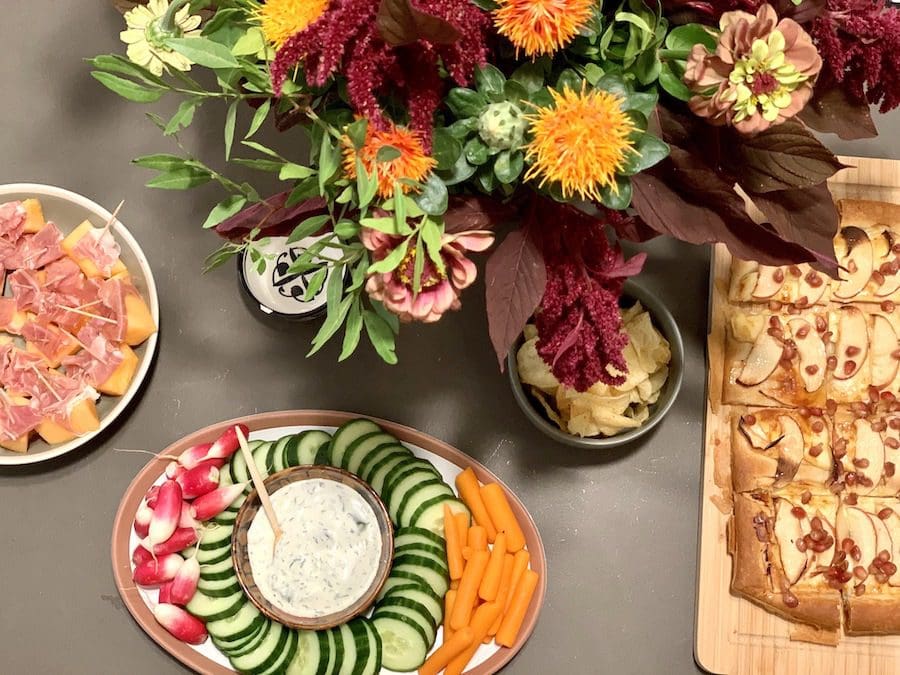One of the most widespread traditions enjoyed in French culture is the delightful evening apéro. Short for apéritif, a drink offered before dinner to whet the appetite, this word has come to take on a meaning far beyond the drink itself. The convivial apéro experience is a classic representation of the French joie de vivre (joy of living).
SUBSCRIBE TO THE MAGAZINE
Commencing around one to two hours before dinner, the apéro is the time of day when friends and family come together to enjoy a light beverage and snack, chat, and kick off the night. In this guide to the ultimate apéro à la française, we take you through etiquette and ambiance to expect along with recommendations on drinks and food to be served.
Whether you are throwing your own or just attending the gathering, here is everything you need to know about the virtuous apéro.
Etiquette
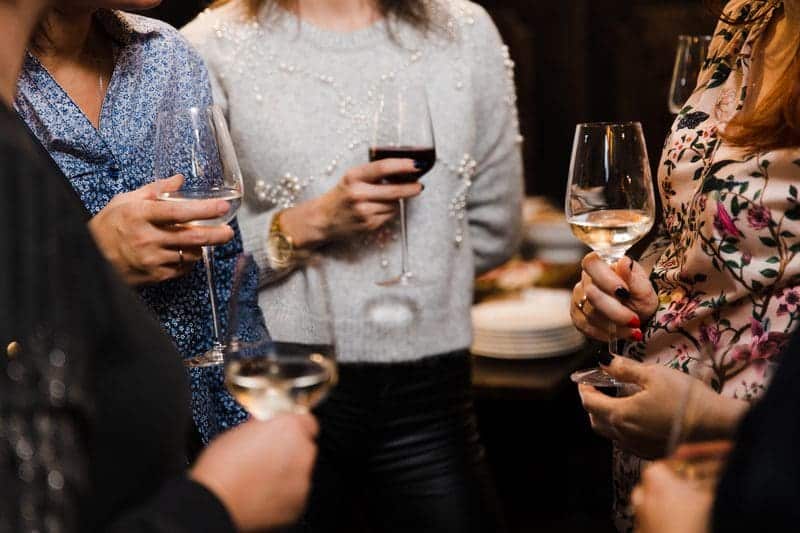
Since the French tend to eat dinner later in the night, an apéro can start as early as 6pm or as late as 8pm, lasting until dinner is served or the party leaves for a restaurant. While the person hosting is typically the one who will supply the bites and have libations on offer, it is always best to ask them what they would like you to bring. If the host doesn’t specify or says there is no need, it is still best practice to bring at least a bottle of wine as a thank-you for the host.
The unspoken rule for at-home gatherings in French culture is that one should arrive at least 15 minutes late. This way, the host has a little extra time to make last minute adjustments to the table presentation or have a moment of calm before guests arrive.
Once you arrive at the apéro, hand the host your offering and wait for them to offer you a drink. If you are hosting, be sure to ask what the guest would like to drink soon after they come in or direct them to where they can help themselves.
Ambiance

An apéro is meant to be a casual affair. What is unique about this dining experience is that it can really take place anywhere: in the kitchen, outside on the terrace, at a park in the style of a picnic, or even on the banks of the Seine River!
Since it is intended as a moment to unwind and enjoy each other’s company, there is no need for a fancy set up. If the apéro is being hosted at home, a simple tablecloth or table runner with paper napkins will do. Small plates may be required if the spread is particularly large, but typically the snacks are meant to be eaten with your hands, so just napkins will do.
Light background is a nice touch, but the focus of this hour is meant to be on conversation. So, if you opt to play some easy tunes, make sure it isn’t so loud that it is hard to talk over.
Drinks

Neither a cocktail party nor a happy hour, an apéro is an opportunity to have a light drink (or two) before dinner. Typically, light wine or beer is the simple and optimal choice to satisfy most guests. But if you’re getting a little fancy, champagne is a traditional drink offered in France as an aperitif and is sometimes combined with crème de cassis for a classic “Kir Royale.”
If you want the bubbles without the price tag of the French delicacy, mix prosecco with Apérol and sparkling water with a slice of orange for a refreshing apérol spritz. Be sure to also have fresh juice and soda on hand for those who prefer to opt out of the alcoholic drinks.
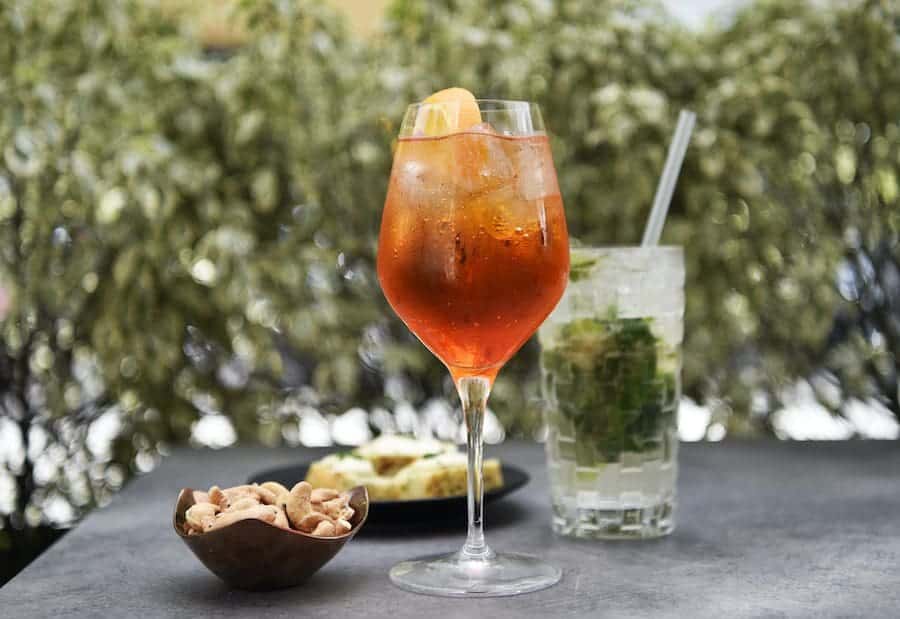
When you go in for the “cheers” in France, you say “santé!” translating literally to “health!”. As you are wishing good health to the people you are clinking glasses with, make sure to look each one of them in the eye as your glasses meet. Myth has it that failure to meet eyes when toasting will result in seven years of bad luck in the bedroom…
Bites
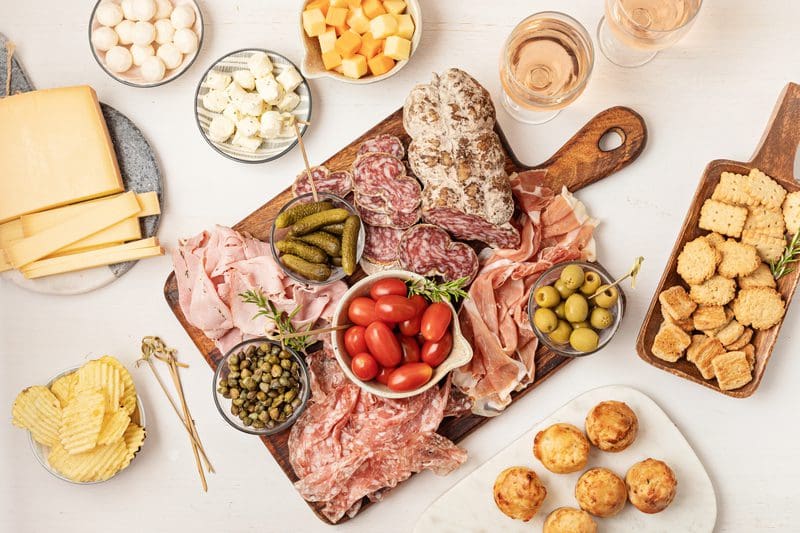
Intended to stimulate the appetite before eating a full meal, the food offered at an apéro is meant to be small, savory and salty snacks. Sweet options aren’t served, as that is always reserved for dessert. The most casual options are chips, olives, and nuts but most of the time there is also a spread of crudités (little vegetables) and a cheese and charcuterie board.
When creating the crudité selection, it should include easy bite-size vegetables like baby carrots, celery stalks, cherry tomatoes, and radishes. Perfect accompaniments to the veggies are dips like hummus, tzatziki, and tapenade. A cheese board should contain a variety of fromage consistencies such as soft cheese like brie, semi-soft cheese like mozzarella, and hard cheese like gruyere and can be accented with fruits like grapes, apricots, and figs. The same goes for charcuterie boards which can include options like saucisson, salami, and foie gras.
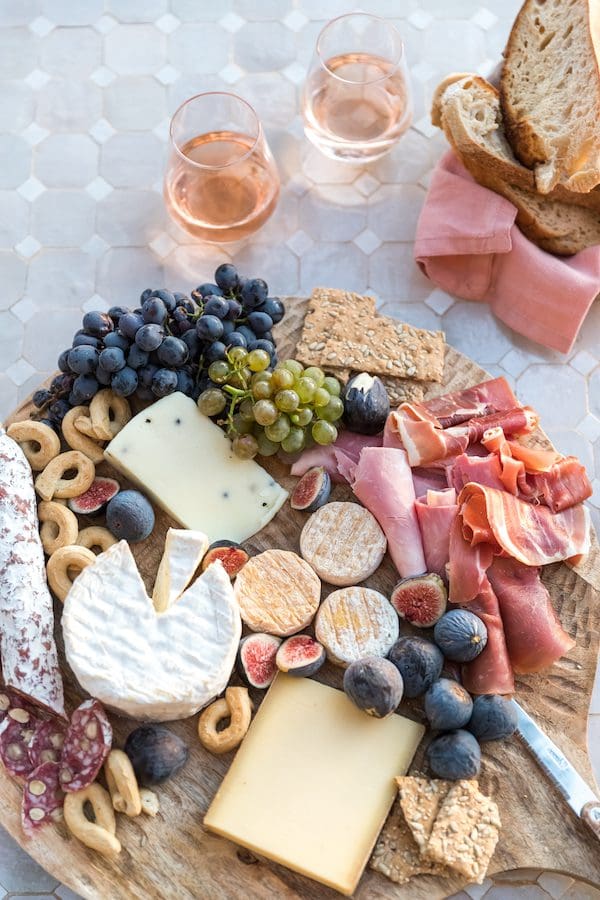
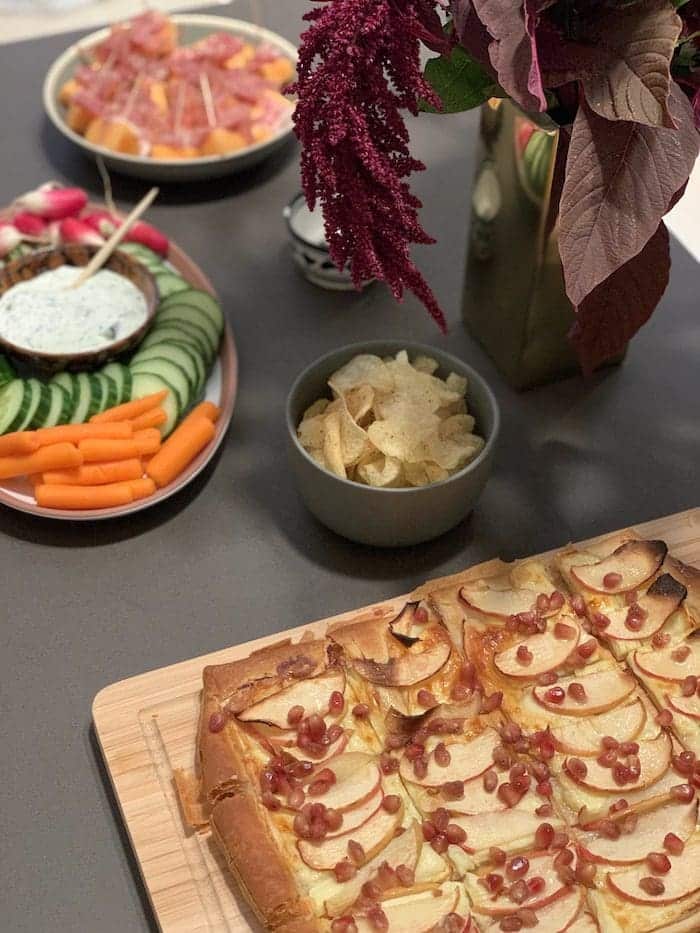
Sometimes, if the apéro is meant to be the main event of the evening – otherwise known as an apéro-dinatoire – it is common to serve tartines and salads or shellfish like oysters and clams. Whatever the size of your spread, always make sure to include a basket of sliced baguette on the side.
Et voilà! You are ready to attend or host an excellent apéro. Santé!
